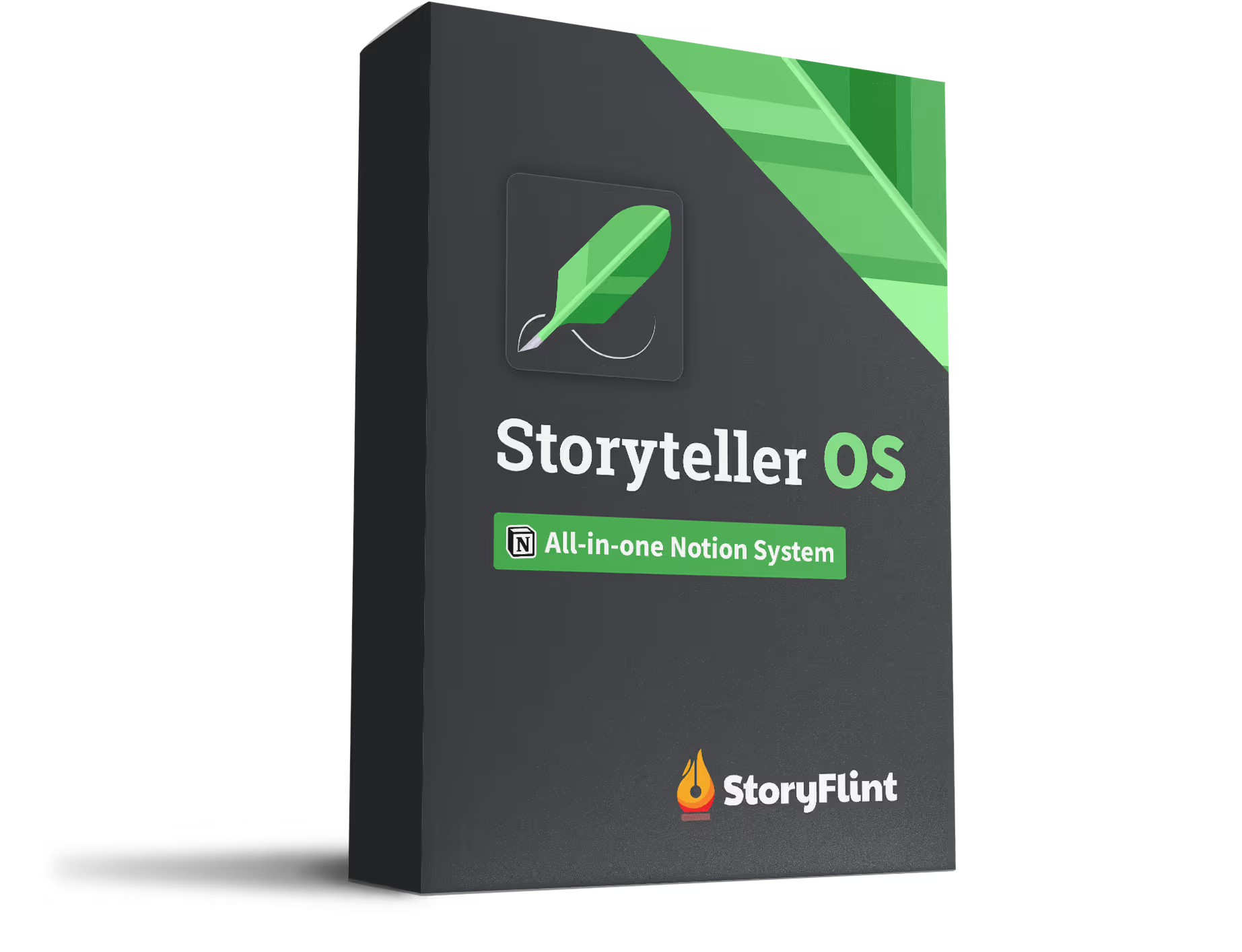Why Moral Dilemmas Work
Characters are cool. Plot is fun. But what really hooks your audience?
Watching someone wrestle with a choice that feels impossible.
The Values Collision Model helps you build stories around moral dilemmas—so your characters aren't just chasing goals, they're deciding what kind of people they want to be.
How It Works
Start by identifying two values your character deeply believes in—then put them at odds.
Loyalty vs. truth. Justice vs. mercy. Safety vs. freedom. You get the idea.
Now build a moment where your character has to choose. Not between good and evil. But between good and good.
This is where the story sharpens. Because the right choice still comes at a cost.
The Anatomy of a Values Collision
Let’s break it down into a repeatable structure you can actually use:
- Establish core values early. Drop them into casual dialogue. Let the character show them through small decisions. The audience should know what they stand for without needing a monologue.
- Foreshadow the dilemma. Plant seeds. Give glimpses of the storm to come. This builds anticipation and makes the eventual collision feel inevitable, not random.
- Create the moral crossroads. This is the moment when the values clash in a way that can’t be dodged. Not a hypothetical, not a discussion. A choice.
- Raise the stakes. Someone’s hurt. Something’s at risk. Put pressure on it. The more it matters, the more your audience leans in.
- Let them choose—and live with it. Don’t skip the emotional aftermath. Guilt, pride, doubt—it all matters. Their decision should change something inside them (or around them).
Want to make sure your character’s values evolve organically across scenes, not just pop up in the climax? The Storyteller OS makes it easy to track those internal conflicts alongside your plot, so your story stays aligned from start to finish.
Go Deeper
Want to see how values-based choices can support your story’s bigger message? Check out this article on how to write a theme.
It’s a perfect companion—because when values collide, your story’s theme rises to the surface.




